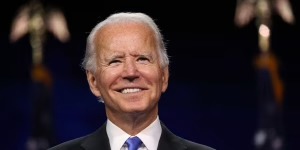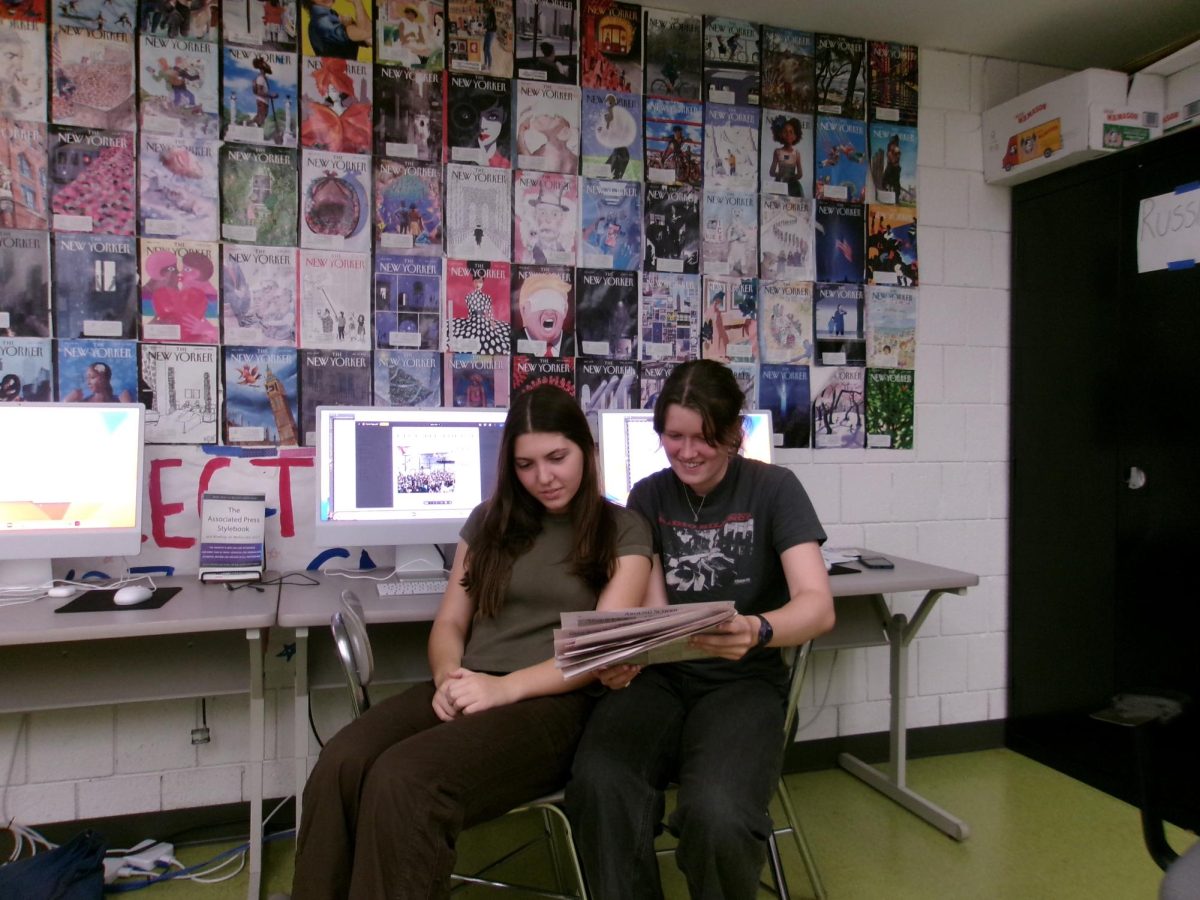Tom Brady Wins His Seventh Super Bowl—in Tampa Bay this Time
February 26, 2021
From a 7-9 season last year to an 11-5 record and a Super Bowl title, how did Tampa turn it around? The secret lies in a 43-year-old quarterback from New England that many consider to be the greatest of all time. It took another lackluster season in 2019 for the Tampa Bay Buccaneers to finally wave goodbye to their former first-round pick, quarterback Jameis Winston and set their sights elsewhere. This coincided with Tom Brady’s departure from the New England Patriots where he had won six super bowls (a number unrivaled by any of his peers in NFL history).
Brady’s frustration with the Patriots revolved around a lack of reliable pass-catchers, of which the Buccaneers had plenty. Teammates Mike Evans, a six-foot-five athletic wonder with a knack for winning goal line “jump balls,” and Chris Godwin, a similarly large receiver with a massive wingspan and great hands, were both key factors in Brady’s transition to Tampa Bay.
On March 20, 2020, Tom Brady officially signed a two year fifty-million dollar contract with the Tampa Bay Buccaneers, every cent of which was guaranteed. In the following months of the offseason, Brady’s “work hard” mentality impacted the Buccaneers just as it had New England. Brady’s arrival also brought some familiar faces to the team, one of them being Rob Gronkowski, the former Patriots tight end (TE) that had retired a year prior. He and Brady worked together to get himself in shape and secure a contract with the Bucs. Prolific running back Leonard Fournette, whose tantalizing career on the Jacksonville Jaguars was beginning to stagnate, grabbed a bus out of Duval county and into Tampa Bay. Fournette cited Tom Brady’s presence as a major reason for joining the team. Last but not least, Antonio Brown, one of the most electrifying receivers of the 2010s, who found himself jobless after accusations of sexual misconduct during the 2019 season on the Patriots, found a home with the Buccaneers for their Super Bowl run.
A stellar defense led by the young and talented linebacker Devin White and veteran defensive end Jason Pierre Paul, accompanied by the much improved Brady-led offense resulted in the Tampa Bay Buccaneers defeating the Green Bay Packers to win the NFC Championship Game and advance to Super Bowl LV (coincidentally taking place in Tampa Bay, the first Super Bowl ever hosted by one of the competing teams). Facing them were the reigning champion Kansas City Chiefs, led by Patrick Mahomes: it was a game pitting the “Greatest of All Time” against the “Greatest of Today.”
The first key play of Super Bowl LV occurred after the Chiefs scored an early 3-0 lead on a Harrison Butker field goal. Tom Brady led the Bucs’ offense downfield and connected with TE Rob Gronkowski on a drag route for the first touchdown of the game (Brady’s first-ever TD in the first quarter of a Super Bowl). The two celebrated their return to the Super Bowl with a “Gronk Spike” into the turf and hugs all around. Tampa Bay’s defensive line relentlessly pressured the Chiefs already hindered offensive line (star left tackle Eric Fischer was out for the game with a torn Achilles), forcing the young quarterback to be on his heels for much of the game.
After an untimely penalty by the Chiefs’ defense late in the second quarter, what would have been a field goal turned into the second key play of the night. The offsides penalty gave the Bucs’ offense a revival of downs, and Brady fired a seventeen-yard strike to Rob Gronkowski in the back of the endzone for his second touchdown of the night. “We saw it for years here in New England,” said Sophomore Ishraq Ahmed, “But it was still pretty great to know it wasn’t over for the two down in Tampa.”
In the last minute of the second quarter following a field goal by the Chiefs, Brady threw a deep pass to Mike Evans down the left sideline. Draped by cornerback Bashaud Breeland, the play resulted in a 34-yard penalty and a stoppage in the clock, allowing the Buccaneers a chance to score once more before the half. At two yards out, Brady fired a laser throw into the waiting arms of Antonio Brown for another touchdown, the third key play of the Super Bowl, putting Tampa Bay up 21-6 over Kansas City. It was Brady’s Game now.
The Bucs defense kept the pressure on the Chiefs in the second half, resulting in further incompletions and a punt. The final key play came in the midst of the third quarter after a long Brady completion to Rob Gronkowski, setting up an 18-yard carry by Leonard Fournette into the end zone. The final score of Super Bowl LV was 31-9; it was a dominating effort by the Bucs. Confetti filled the Raymond James Stadium and lifelong memories were made as all of Tampa celebrated together. Tom Brady proved once again that he was the greatest player to ever play the game.
Unlike the Jameis Winston years in Tampa Bay’s history, when constant turnovers by the offense would cause their defense to get worn out and tired, Brady’s skill and ability to keep the offense on the field gave the Buccaneers’ defense the time needed to thrive. This was seen in their ability to hold former MVP Patrick Mahomes to a woeful performance—one in which the prolific Chiefs offense couldn’t even score a touchdown.
All three of the touchdowns thrown by Brady were caught by former Patriots players brought to Tampa thanks to Brady himself. Such a plethora of talent rushing to join any singular team in the NFL was previously unheard of until the likes of Tom Brady. No wonder they call it Tompa Bay. He runs the show down there.










